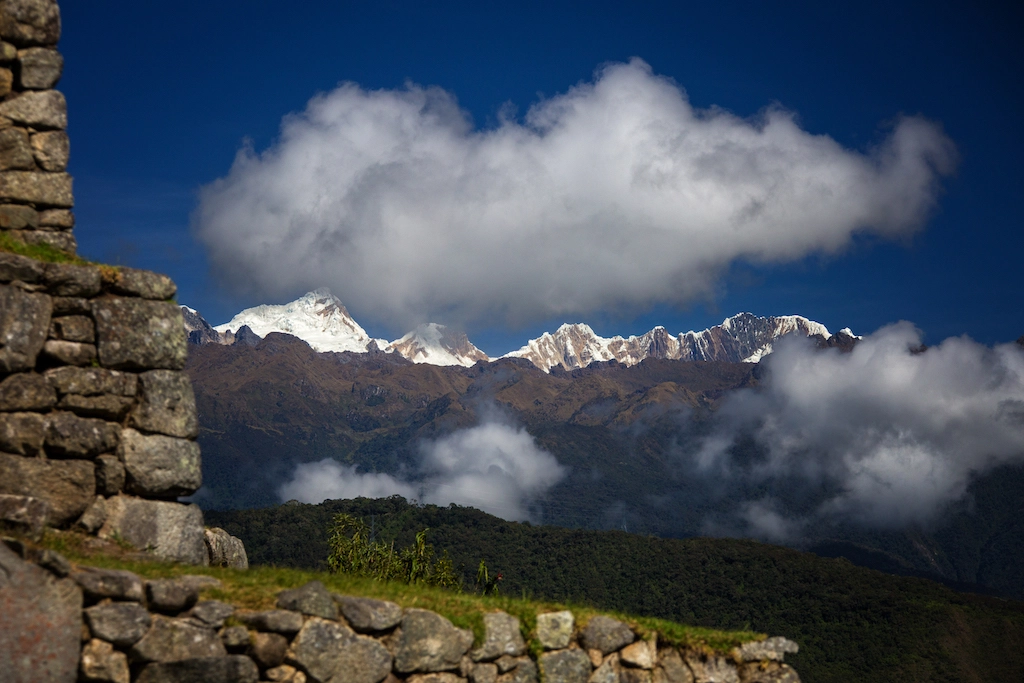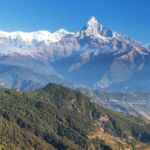Are you planning a trip to the Himalayas? As you prepare for your adventure, you must know the potential risks of altitude sickness. This condition can affect anyone, regardless of age or fitness level, and can lead to serious health complications if left untreated. To ensure a safe and enjoyable trip, here’s what you need to know about altitude sickness before you go.
Altitude Sickness
The air pressure decreases at high altitudes, which can reduce the amount of oxygen available to your body when you breathe. Oxygen is necessary for our bodies to function correctly. Your body needs to acclimate to lower oxygen levels, which typically takes 3 to 5 days. If you do not allow your body enough time to adapt to high altitude, you may develop altitude sickness, also known as mountain sickness. Altitude sickness typically occurs at elevations above 2,500m.
It is essential to be aware of the risks of altitude sickness when travelling to high altitudes. By allowing your body time to adjust to the change in altitude, you can avoid the adverse effects of altitude sickness. You must seek medical attention immediately if you experience symptoms such as headache, nausea, nosebleed or dizziness at high altitude. Proper preparation and awareness allow you to enjoy your time at a high altitude without risking your health.
There are 3 types of altitude sickness:
- Acute Mountain Sickness (AMS)
- High Altitude Pulmonary Oedema (HAPE)
- High Altitude Cerebral Oedema (HACE)
Acute Mountain Sickness
If you ascend to a high altitude too quickly without adequate acclimatisation time, you will likely experience Acute Mountain Sickness (AMS). It is important to note that AMS can still affect you even if you are in good physical condition.
Signs and Symptoms of Acute Mountain Sickness (AMS)
Acute Mountain Sickness (AMS) symptoms typically do not occur immediately but manifest a few hours after being at high altitudes. Initially, symptoms may be mild and comparable to a hangover. Some possible symptoms include:
- headache
- loss of appetite
- Being sick or feeling like you want to be sick
- feeling very tired
- flu-like symptoms
- dizziness
- poor sleep and irregular breathing during sleep
Preventing Acute Mountain Sickness (AMS)
One effective method for avoiding AMS is to allow your body sufficient time to adjust to the higher altitude.
You can do this by not travelling too quickly to altitudes above 2,500m
- Before going any higher, take the first 2 to 3 days to acclimate to altitudes below 2500m.
- Try to avoid flying directly to a high-altitude location. However, if unavoidable, make sure to acclimate yourself before continuing any further ascent.
- A slow, gradual ascent is advised if you are climbing or trekking.
One of the primary causes of AMS is ascending mountains too quickly. It’s important to note that once you reach an altitude of 2,500m, you should sleep at most 500m higher than the previous night and take a rest day every 3 to 4 days.
It’s crucial to ensure that you stay hydrated and avoid dehydration. You may need to consume 4 to 5 litres of safe water to achieve this. It’s recommended to avoid alcohol and opt for a light, high-calorie diet.
Treatment of Acute Mountain Sickness (AMS)
- It’s essential to be aware of the signs and symptoms of AMS (acute mountain sickness) and inform a travel companion if you feel unwell.
- Taking a break and not ascending any further at your current altitude is advisable.
- If you have a headache, you can take painkillers such as ibuprofen or paracetamol to alleviate the pain.
- If your symptoms of AMS do not improve within a day, it is recommended that you descend 500 to 1,000 meters to a lower altitude.
- You can resume your ascent once your symptoms have disappeared and you have fully recuperated.
Medication to prevent AMS
If you have previously experienced altitude sickness or if the gradual ascent is not an option, your healthcare provider may suggest taking Acetazolamide (Diamox). This medication helps speed up your body’s acclimatisation process to high altitudes. It is an effective way to prevent AMS.
It’s important to note that Acetazolamide (Diamox) cannot substitute the gradual ascent needed for proper acclimatisation.
It is recommended to consult with a travel health professional for further guidance on using Acetazolamide (Diamox).
HACE and HAPE
Ignoring the symptoms of Acute Mountain Sickness (AMS) and proceeding to higher altitudes can put you at risk of developing severe altitude sickness, including High Altitude Cerebral Edema (HACE) and/or High Altitude Pulmonary Edema (HAPE), both of which can be life-threatening.
HACE is due to swelling of the brain. Symptoms include:
- severe headache
- unsteadiness or not being able to walk in a straight line
- being sick
- drowsiness
- becoming confused or irrational
HAPE is caused by fluid gathering in your lungs. Symptoms include:
- breathlessness even when you are resting
- feeling very weak
- fast pulse
- bluish discolouration of the skin (cyanosed)
Both of these conditions are considered emergencies that can lead to death. It is crucial to descend to a lower altitude without any delay.
Pre-existing Medical Conditions
Suppose you are dealing with medical conditions before trekking in the Himalayas. In that case, seeking guidance from your healthcare provider or a travel health professional is advisable before embarking on a trip to higher altitudes.
Please note that this blog is intended for informational purposes only. If you have any specific medical questions, it is recommended that you consult with your physician.







Leave a Reply